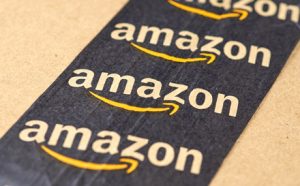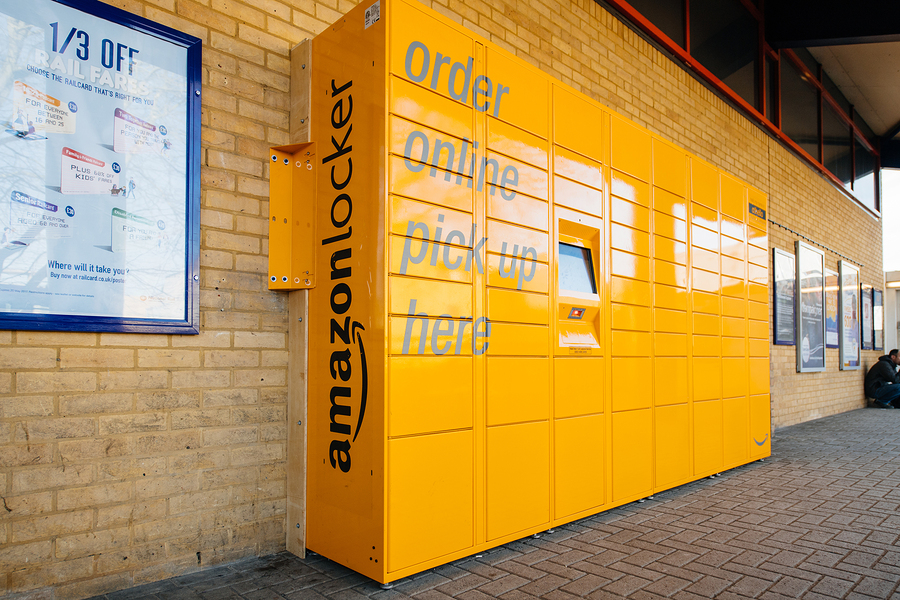The Far Reach of Amazon Seller Flex
 Since fall 2017, reports have been circulating about the new Amazon delivery service, Seller Flex. With buzz touting the disruptive nature of this new Amazon venture, theories on its potential effects abound. Is it meant to oust UPS and FedEx? Will it further revolutionize customer service? While many business executives are curiously waiting to see how this development unfolds, others might still be unaware of its existence.
Since fall 2017, reports have been circulating about the new Amazon delivery service, Seller Flex. With buzz touting the disruptive nature of this new Amazon venture, theories on its potential effects abound. Is it meant to oust UPS and FedEx? Will it further revolutionize customer service? While many business executives are curiously waiting to see how this development unfolds, others might still be unaware of its existence.
What is Amazon Seller Flex?
Two years ago in India, Amazon leaders began implementing and testing their own delivery service intended to give them greater control over where, when, and how they store and transport vendors’ packages. Rather than handing the reins over to third-party providers, Amazon employees will handle warehouse package pickups from Amazon.com merchants who aren’t using Amazon warehousing and see fulfillment through to customer delivery.
Amazon has been slowly introducing the service in the United States with a U.S. West Coast expansion in 2017 and a broader rollout planned for this year. One service goal is to make more products eligible for the company’s well-known two-day Prime shipping. But some spectators are expecting additional Seller Flex repercussions.
Broader effects
Before Seller Flex, Amazon executives relied on UPS and FedEx to make deliveries. With this new delivery option, that may no longer be the case — or at least not to the same extent. Amazon is known for detailed data gathering, and Seller Flex will leverage real-time data on inventories, locations, last-mile delivery times and costs, and more. This could help Amazon business analysts make more agile data-driven decisions about the most cost-effective and timely warehousing, transport, and delivery options, making their company an even bigger and more efficient powerhouse. So although Amazon executives might still negotiate actual delivery arrangements through UPS and FedEx, they would only do so if it is the most effective option.

Continually raising the bar
In line with Seller Flex, Amazon leaders have been investing in distribution centers, an air fleet, and even brick-and-mortar stores to boost flexibility and give their company more options for less costly delivery aspects, including at the last mile. This could reduce the company’s warehouse congestion and increase efficiencies across the entire supply chain. According to the Supply Chain Dive article, “FedEx and UPS may not be sweating it yet, but various analysts note the new program may just be another step in Amazon’s drive to become a global third-party logistics provider.”
How Seller Flex will affect retailers and consumers throughout the market remains to be seen as Amazon leaders implement the service throughout the United States and beyond. As they continue raising consumer expectations for near-instant delivery, the investment in Amazon Seller Flex shows their intent to keep consumer standards high.
[cta]Looking to maximize your supply chain efficiency and stay on top of new developments in the logistics arena? nVision Global is a worldwide business logistics partner whose experts can help you optimize your supply chain now and into the future. To learn more about nVision Global, visit us at nvisionglobal.com or call 770.474.4122.[/cta]

